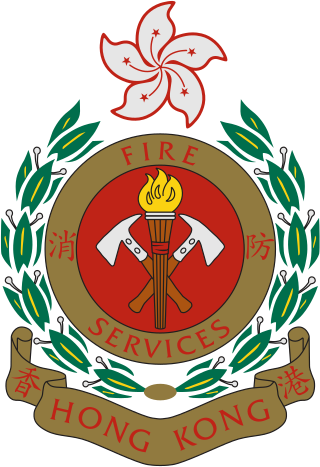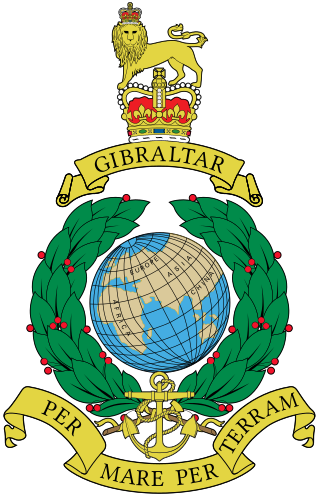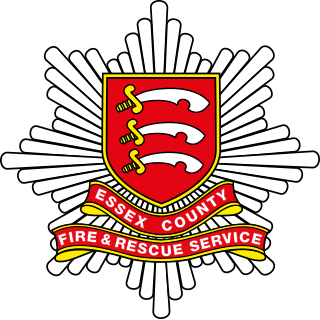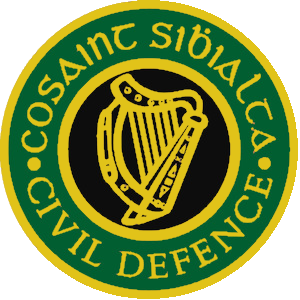Related Research Articles
Lieutenant Commander is a commissioned officer rank in many navies. The rank is superior to a lieutenant and subordinate to a commander. The corresponding rank in most armies and air forces is major, and in the Royal Air Force and other Commonwealth air forces is squadron leader. It is roughly equivalent to the Corvette Captain rank in central European countries and the Captain 3rd rank rank in eastern European/CIS countries.
Sergeant (Sgt) is a rank in use by the armed forces of many countries. It is also a police rank in some police services. The alternative spelling, serjeant, is used in The Rifles and other units that draw their heritage from the British light infantry. Its origin is the Latin serviens, 'one who serves', through the Old French term serjant.
Commander is a common naval officer rank as well as a job title in many armies. Commander is also used as a rank or title in other formal organizations, including several police forces. In several countries this naval rank is termed frigate captain.
Staff sergeant is a rank of non-commissioned officer used in the armed forces of many countries. It is also a police rank in some police services.

The South Australian Country Fire Service is a volunteer based fire service in the Australian state of South Australia. The CFS has responsibility as the Control Agency for firefighting, rescues and hazardous materials and inland waterways in the country regions of South Australia. Its official mission is "To protect life, property and the environment from fire and other emergencies whilst protecting and supporting our personnel and continuously improving."

The Hong Kong Fire Services Department is an emergency service responsible for firefighting and rescue on land and sea. It also provides an emergency ambulance service for the sick and the injured and gives fire protection advice to the public. It is under the Secretary for Security who heads the Security Bureau.
The New Zealand Fire Service was New Zealand's main firefighting body from 1 April 1976 until 1 July 2017 – at which point it was dissolved and incorporated into the new Fire and Emergency New Zealand.

The Royal Marines Band Service is the musical wing of the Royal Navy and an independent element of the Royal Marines. It currently consists of five bands plus a training wing – the Royal Marines School of Music at HMS Nelson – and its headquarters is at HMS Excellent, Whale Island, Portsmouth.

For centuries, firefighters have worn helmets to protect them from heat, cinders and falling objects. Although the shape of most fire helmets has changed little over the years, their composition has evolved from traditional leather to metals, to composite helmets constructed of lightweight polymers and other plastics.
Senior station officer (SSO) is a rank in some fire services in Australia and New Zealand. It is typically the next rank above a station officer.
Chief fire officer (CFO), formerly often just chief officer, is the highest rank in the fire and rescue services of the United Kingdom. There are currently 50 chief fire officers serving in the United Kingdom in charge of the local authority fire services. There is also a chief fire officer responsible for the Ministry of Defence Fire Services, which includes the Defence Fire and Rescue Service and the RAF Fire Service. Some UK airport fire services also designate their seniors officers as CFOs, though these officers rarely wear the same rank insignia as a local authority chief fire officer.
Sub-officer, or the equivalent in other languages, is a term used in many armed forces used to indicate ranks below commissioned officers. Sub-officer is equivalent to the term warrant officer in the British Commonwealth and the United States. Historically armed forces using the term sub-officer have used it to refer to more senior non-commissioned ranks, typically from sergeant upwards, but the term often covers all ranks that other forces designate non-commissioned. In navies the term is comparable to petty officer.
Leading firefighter is a rank in the Isle of Man Fire and Rescue Service, London Fire Brigade and the Gibraltar Fire and Rescue Service. It used to be in all British fire services, ranking between firefighter and sub-officer. A leading firefighter was usually in charge of a single fire appliance. The badge of rank was one white or silver bar on the epaulettes. The helmet was yellow with one 12.5 mm (0.49 in) black stripe on it.

Essex County Fire and Rescue Service (ECFRS) is the statutory fire and rescue service for the county of Essex in the east of England, and is one of the largest fire services in the country, covering an area of 1,338 square miles (3,470 km2) and a population of over 1.7 million people.

Civil Defence Ireland is the national civil defence organisation of Ireland. It is a statutory agency of the Irish Department of Defence and is administered by local authorities. It was established in 1951 in response to the threat of nuclear disaster posed by the atomic bomb following World War II. Today it is an emergency response and rescue agency whose purpose is to provide aid, assistance and relief in times of emergency or natural disaster. It may also support primary emergency response agencies namely the Garda Síochána, HSE National Ambulance Service, and local authority fire services when requested. Civil Defence Ireland consists almost entirely of volunteers, numbering 2500 as of May 2023.
A crew commander or crew manager is a rank within the fire service in the United Kingdom. It is a senior rank to a firefighter, but junior to a watch commander or watch manager.
Captain is a rank in various fire services.

The Queensland Fire and Emergency Services (QFES) is the primary provider of fire and emergency services in Queensland, Australia. The QFES was established in 2013, adopting an "all hazards" approach to emergency management.
Lieutenant (abbreviated Lt, LT (U.S.), LT(USN), Lieut and LEUT, depending on nation) is a commissioned officer rank in many English-speaking nations' navies and coast guards. It is typically the most senior of junior officer ranks. In most navies, the rank's insignia may consist of two medium gold braid stripes, the uppermost stripe featuring an executive curl in many Commonwealth of Nations; or three stripes of equal or unequal width.
References
- ↑ UK Firesafe Organisation
- ↑ "Role to Rank". London Fire Brigade. 17 October 2019. Retrieved 6 October 2020.
- ↑ "Is firefighting the right career for you?". London Fire Brigade. Retrieved 6 October 2020.